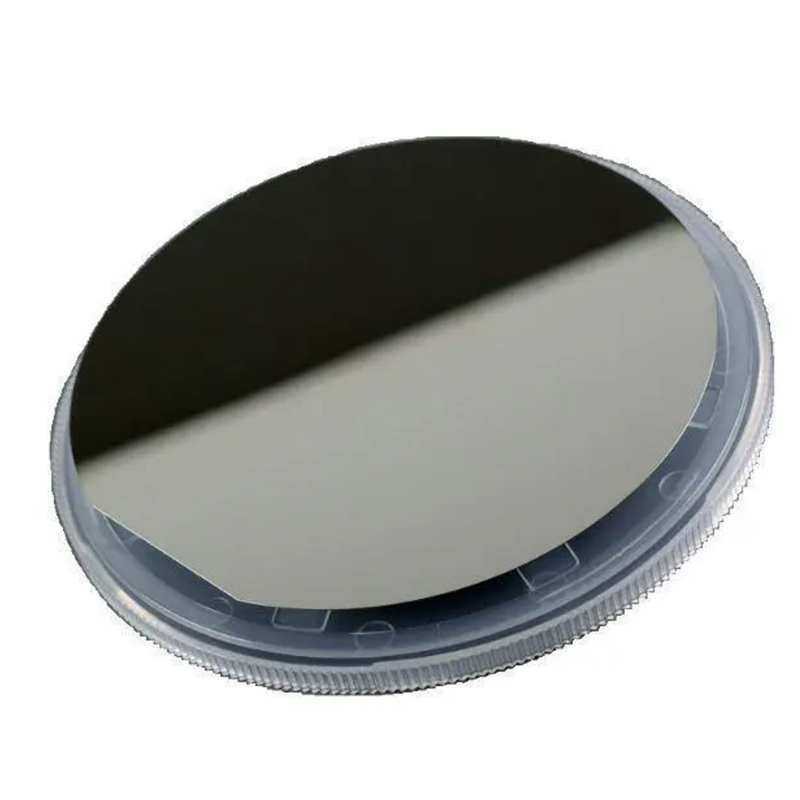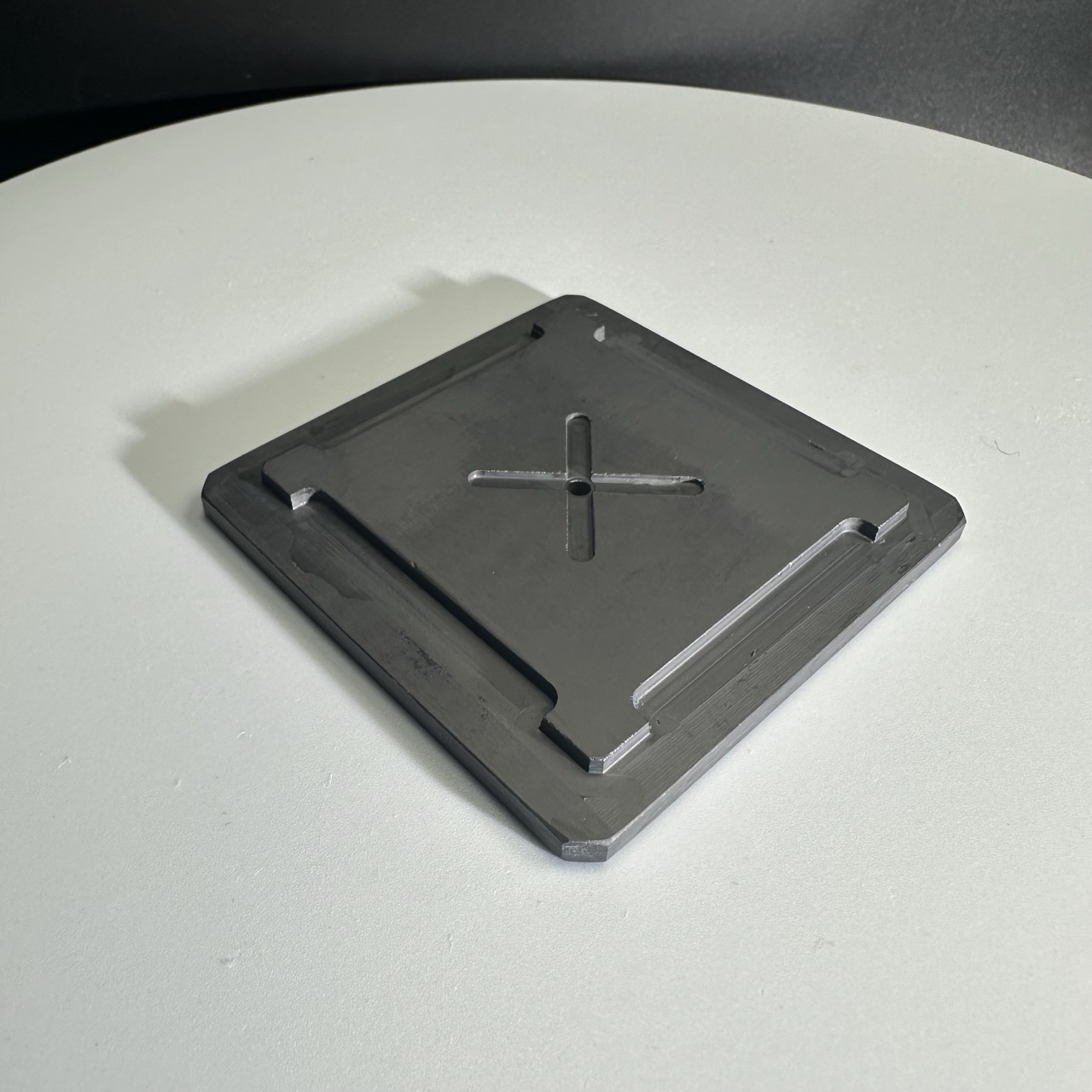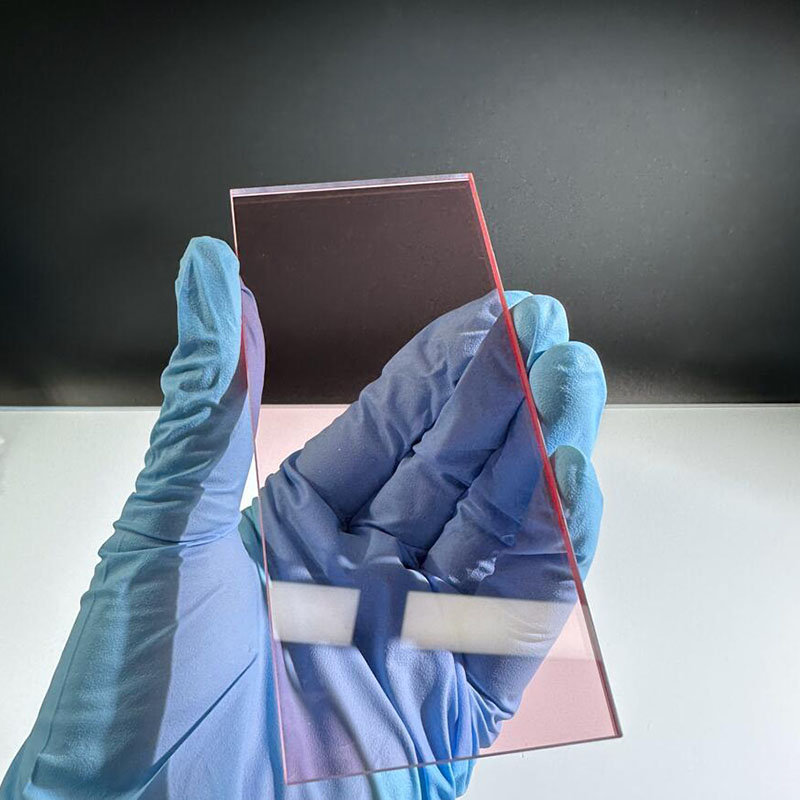100mm Ruby Rod: Precision Laser Medium for Scientific and Industrial Applications
Detailed Diagram
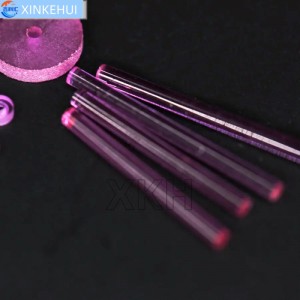
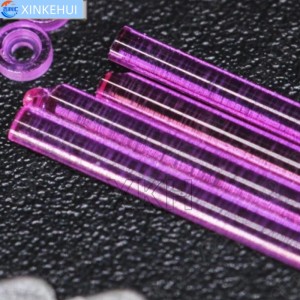
Introduction
The 100mm ruby rod is a widely used solid-state laser gain medium, characterized by its vivid red emission wavelength at 694.3 nm. Constructed from synthetic corundum (Al₂O₃) doped with chromium ions (Cr³⁺), this ruby rod offers excellent thermal and optical stability, making it ideal for various low- to mid-energy laser systems. With a length of 100mm, the ruby rod balances energy storage capacity and compact design, enabling flexible integration into educational, scientific, and some industrial laser devices.
For decades, the ruby rod has served as a fundamental laser component in optics labs, laser demonstrations, and precision alignment systems. The 100mm size represents a standard choice that fits a broad range of resonator cavities. The ruby rod's excellent surface polish, optical transparency, and mechanical strength make it an enduring and reliable choice even as newer technologies emerge.
Manufacturing Principle
The production of the ruby rod involves advanced crystal-growing techniques such as the Verneuil flame fusion method or the Czochralski pulling method. During synthesis, aluminum oxide is doped with a precise concentration of chromium oxide to create a uniform ruby crystal. Once the boule is grown, it is oriented, sliced, and shaped into a ruby rod of the desired dimensions—100mm in this case.
Each ruby rod is then subject to strict polishing and coating procedures. The end faces are lapped and polished to laser-grade flatness (λ/10 or better) and may be coated with high-reflectivity (HR) or anti-reflective (AR) dielectric layers to suit specific laser cavity designs. The ruby rod must be free from inclusions and striations to ensure consistent optical pumping and minimal scattering loss.
The chromium ions within the ruby rod absorb light in the green/blue spectral range. When pumped by a flashlamp, they become excited to a higher energy state. As they return to their ground state, they emit coherent red photons, initiating a chain reaction of stimulated emission—thus producing laser output. The 100mm ruby rod is designed to achieve efficient energy storage and optimal fluorescence duration.
Parameter
| Property | Value |
| Chemical Formula | Cr³⁺:Al₂O₃ |
| Crystal System | Trigonal |
| Unit Cell Dimensions (Hexagonal) | a = 4.785 Åc = 12.99 Å |
| X-Ray Density | 3.98 g/cm³ |
| Melting Point | 2040°C |
| Thermal Expansion @ 323 K | Perpendicular to c-axis: 5 × 10⁻⁶ K⁻¹Parallel to c-axis: 6.7 × 10⁻⁶ K⁻¹ |
| Thermal Conductivity @ 300 K | 28 W/m·K |
| Hardness | Mohs: 9, Knoop: 2000 kg/mm² |
| Young’s Modulus | 345 GPa |
| Specific Heat @ 291 K | 761 J/kg·K |
| Thermal Stress Resistance Parameter (Rₜ) | 34 W/cm |
Applications of Ruby Rods Across Industries
Ruby rods, crafted from synthetic single-crystal aluminum oxide doped with chromium ions, are highly valued for their unique combination of physical hardness, chemical stability, and striking optical properties. These characteristics make ruby rods a premium material for a wide range of industrial, scientific, and precision applications. Below are the key sectors where ruby rods continue to demonstrate exceptional value:
1. Laser Technology and Photonics
Ruby rods serve as the gain medium in ruby lasers, emitting red light at 694.3 nm when optically pumped. While modern alternatives like Nd:YAG and fiber lasers dominate the market, ruby lasers are still preferred in specialized fields such as:
-
Medical dermatology (tattoo and lesion removal)
-
Educational demonstration tools
-
Optical research requiring long pulse durations and high beam quality
The excellent optical clarity and energy conversion efficiency of ruby make it ideal for precise photonic control and emission.
2. Precision Engineering and Metrology
Thanks to their high hardness (Mohs scale 9), ruby rods are widely used in contact-based measurement systems, including:
-
Stylus tips in coordinate measuring machines (CMMs)
-
Probes in precision inspection tools
-
High-accuracy reference points in optical and mechanical gauges
These tools rely on ruby’s resistance to deformation, ensuring consistent, long-term measurement accuracy without wear.
3. Watchmaking and Micro-Bearing Applications
In high-end horology, ruby rods are processed into jewel bearings—tiny components that reduce friction and wear in mechanical watch movements. Their low coefficient of friction and superior hardness contribute to:
-
Smooth operation of gear trains
-
Extended lifespan of internal watch parts
-
Improved timekeeping stability
Beyond watches, ruby rods are also used in micro-motors, flow sensors, and gyroscopes where ultra-low friction and reliability are required.
4. Aerospace and Vacuum Systems
In aerospace, satellite, and high-vacuum environments, ruby rods are used as spacers, support pins, and optical guides. Their key advantages include:
-
Non-reactive behavior in chemically aggressive settings
-
Excellent thermal resistance and dimensional stability
-
Zero magnetic interference for electromagnetic-sensitive devices
These features allow ruby rods to perform flawlessly under extreme conditions, including radiation exposure, rapid temperature shifts, and vacuum stress.
5. Analytical and Medical Devices
Ruby rods play an essential role in sophisticated instrumentation, particularly where biocompatibility and chemical inertness are critical. Applications include:
-
Sapphire-tipped probes in spectroscopy and diagnostics
-
Precision nozzles or flow-control components in analyzers
-
High-durability rods in lab automation equipment
Their clean, stable surface and resistance to corrosion make them ideal for contact with biological samples or reactive fluids.
6. Luxury Products and Functional Design
Beyond pure functionality, ruby rods are occasionally integrated into luxury pens, compasses, jewelry pieces, and optical scopes—serving as both structural and decorative elements. Their deep red color and polished surfaces contribute to:
-
Aesthetic refinement
-
Symbolic representation of precision and durability
-
Enhanced perceived product value in high-end markets






